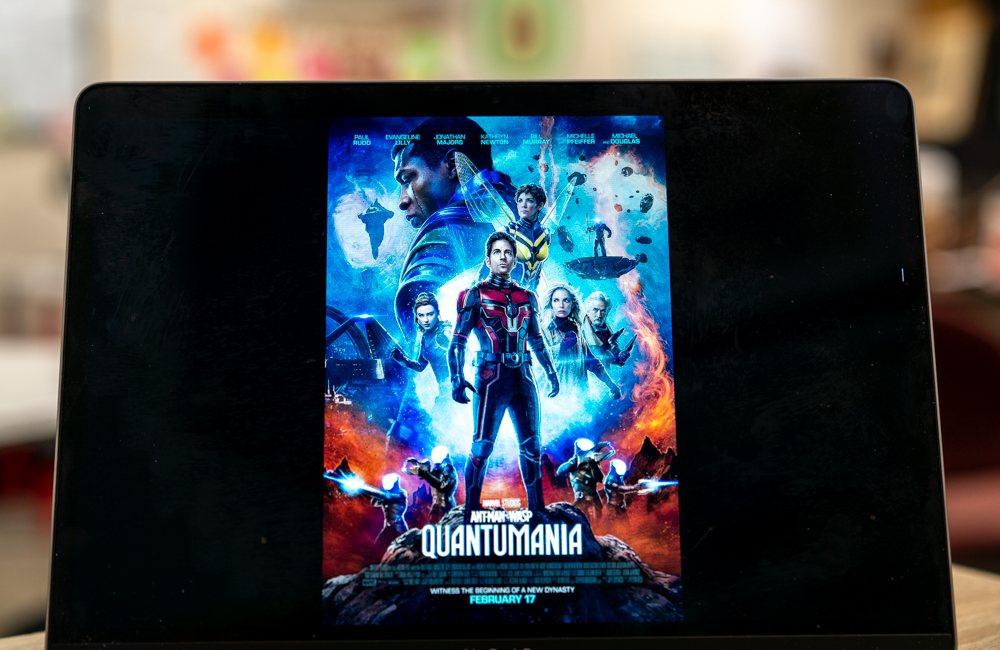Few things are as wholly satisfying as a big-budget sci-fi movie done right, and Gavin Hood’s big screen adaptation of Orson Scott Card’s beloved sci-fi novel Ender’s Game is just that. It’s a visually stunning, action-packed sci-fi film that doesn’t neglect the humanity of its characters.
The film begins 50 years in the future when insect-like aliens called the Formics attack the human race, nearly wiping it out. It is narrowly saved, however, by the sacrifice of legendary pilot Mazer Rackham, portrayed by a brilliant Ben Kingsley. Shortly thereafter ruthless Colonel Graff, played passionately by sci-fi legend Harrison Ford, begins militaristically training gifted children in the event of a future invasion. The film follows adolescent strategist Andrew ‘Ender’ Wiggins as he navigates through the ranks of “Battle School” and becomes the Graff’s star tactician. However as graduation day nears, Ender becomes plagued by the ethical issues of war and feels increasingly wary of Graff’s callousness, all of which culminates in a breath-taking final act.
Ender, played by Asa Butterfield, is an ever-changing, conflicted character, and Butterfield delivers a remarkably nuanced performance. He manages to be pitiful, malicious and hilarious all at once, and his performance makes this over-the-top spectacle a human story rather than just a collection of pretty effects.
But oh my — how pretty those effects are. The special effects are stunning. Each space station, battle sequence and alien planet oozes with life (sometimes literally), and regardless of whether it was Scott Card’s imagination or Hood’s direction, somebody made the right decisions. There is no question that Ender is among the year’s most graphically spectacular movies.
Even more impressive than the film’s graphics is the fantastically twisted plot. Aside from an unevenly paced opening half hour, Hood successfully and impressively compresses a novel’s worth of plot and character development into the 114-minute film. However, it’s evident that Hood wanted to include more of Card’s source material than possible. This causes some wonky character development in which some of the characters that are important in the novel are reduced to token fan services. Hood would have been better off sacrificing some minor characters’ screen-time for more in-depth looks at Ender’s psyche.
And being that the movie is mostly from the perspective of a child, the moral issues concerning the well-being of children and the implications of war are even more potent. Ender approaches its ethical dilemmas with masterful tact without becoming preachy. But while most of the major themes are expertly presented, some are shoved down our throats ad nauseam.
Regardless, Ender’s Game is everything you could want out of a blockbuster sci-fi movie: incredible special effects, excellent acting (for the most part) and intricate existential issues. And that’s saying nothing about the final plot twist, which may actually leave your mind floating in a puddle on the ground.
Ender’s Game is worth seeing, especially in IMAX, and is debatably one of the best sci-fi movies of the year.

































































































































